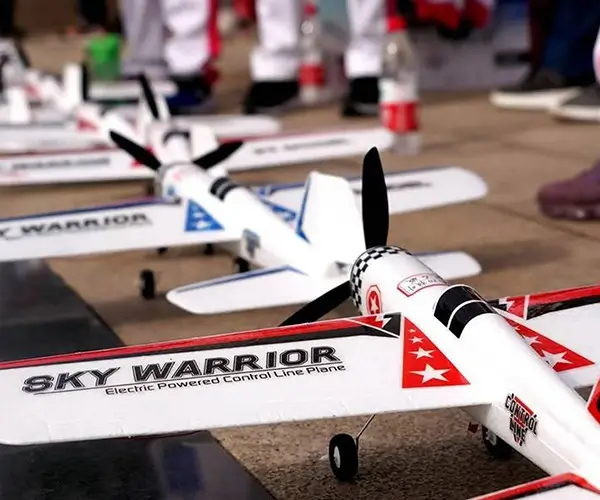Sure! Here's the first part of the soft article themed around "micro servo 9g dimensions." I'll make it engaging, informative, and attractive, with a smooth flow to captivate the reader.

In the bustling realm of robotics, drones, and miniature automation, size often dictates the possibilities. Among the titans of compact motion control, the micro servo 9g stands out as an emblem of precision, efficiency, and versatility. But what exactly lies beneath this tiny shell? To appreciate its power, we first need to understand its dimensions—those subtle yet critical measurements that define its form and function.
At its core, the "9g" in micro servo 9g refers to the approximate weight of the motor—roughly 9 grams—making it extraordinary in its lightweight design. Yet, the weight is just the tip of the iceberg; the dimensions tell a story of engineering ingenuity aimed at creating a compact yet capable component. Typically, a standard micro servo 9g measures around 22mm to 25mm in width, 12mm to 13mm in height, and 25mm to 30mm in length. These dimensions may vary slightly depending on the manufacturer, model, and specific application, but these ranges serve as a reliable benchmark.
The size of the micro servo 9g isn’t arbitrary. It embodies a perfect balance—small enough to fit into tight and intricate spaces, yet large enough to house the essential components: motor, gears, potentiometer, and control circuitry. This tight fit is what enables hobbyists and professionals alike to employ these servos in a multitude of applications—from tiny robotic arms and finger joints to handheld camera rigs and miniature RC airplanes.
One of the key considerations when working with micro servo 9g dimensions is compatibility. Engineers and hobbyists need to ensure that the servo will fit precisely within the designated space without interference while also providing enough clearance for mounting brackets, connectors, and wiring. For this reason, detailed specifications and datasheets are invaluable tools in the selection process. They provide critical measurements that help determine if a particular servo will seamlessly integrate into your project.
Delving deeper into the physical makeup, the length of the servo, roughly 25mm, often includes the housing and the mounting bracket—or sometimes just the core body. The width and height are crucial for determining the servo's footprint, which impacts how it can be integrated into existing designs. With a width averaging around 22mm, most micro servos can be mounted in spaces as narrow as a few centimeters, giving remarkable flexibility for creative design.
Another fascinating aspect of the micro servo 9g’s dimensions is the shaft size and length. Typically, these servos feature a 1.5mm to 3mm diameter splined or round shaft, approximately 10mm to 15mm in length. This size is precise enough to support small linkages, propeller mounts, or gear attachments, yet sturdy enough to withstand normal operational forces in hobbyist and robotic applications.
But dimensions aren’t the only factor—weight is equally important, especially in lightweight aircraft, racing drones, or portable robots where every gram counts. The 9-gram weight of these servos is achieved through careful engineering—using lightweight yet durable plastics for housing, minimal internal components, and compact motor design. This meticulous balancing act ensures that precision isn’t sacrificed for size reduction.
On the technical side, the internal architecture of the micro servo 9g typically features a coreless motor, gear trains made of plastic or metal, and a potentiometer for position feedback. Each of these components must be carefully packed into the limited space dictated by the dimensions, emphasizing the importance of miniaturization and component integration.
In practice, the significance of understanding these dimensions extends beyond mere fitting. It influences performance parameters like torque, speed, and durability. For instance, a smaller servo might offer high-speed movement but could be limited in torque output due to size constraints. Conversely, a slightly larger micro servo might deliver more force, crucial for heavier or more resistant loads.
Engineers and hobbyists alike often measure their projects' success by how well these tiny but potent devices integrate within the overall design. Whether it’s a miniature humanoid robot with tiny joints or an autonomous drone with space-limited internal compartments, the micro servo 9g’s dimensions are a key design factor.
As the technology advances, manufacturers are continually refining these dimensions, aiming to produce smaller, lighter, and more efficient servos without sacrificing performance. Innovations include thinner profiles, smaller shafts, and more integrated electronics—all while maintaining the familiar 9-gram weight benchmark. These developments open doors to possibilities once thought impossible within the tiny spatial confines of modern robotics and model engineering.
In summary, understanding the dimensions of the micro servo 9g isn’t just about fitting a component into a design; it’s about unlocking the potential for innovation. It’s about knowing how to leverage size and weight to enhance performance, reliability, and creativity within projects constrained by space and weight limitations. In the next segment, let’s explore how these dimensions influence practical applications and what to consider when choosing the right micro servo for your project.
Kpower has delivered professional drive system solutions to over 500 enterprise clients globally with products covering various fields such as Smart Home Systems, Automatic Electronics, Robotics, Precision Agriculture, Drones, and Industrial Automation.




































